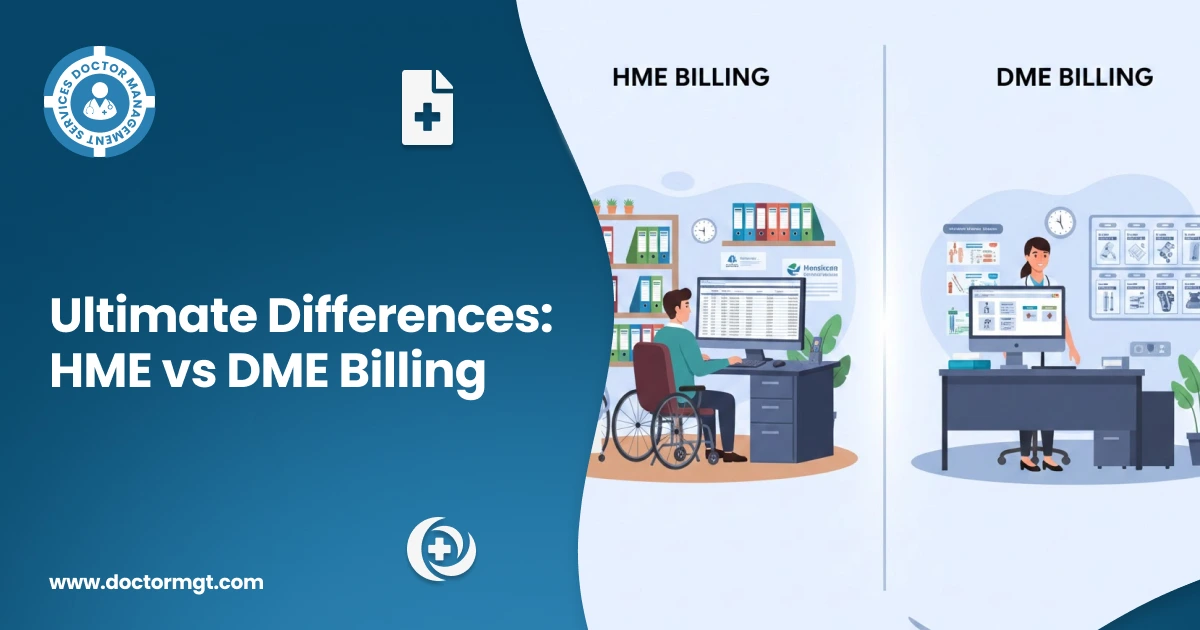In healthcare, things are moving quickly. Sometimes decisions are made, and the paperwork takes time to catch up. A typical example in an urgent care setting is treating a patient before getting insurance approval.
Retro authorization acts as a safety net for providers, guaranteeing payment for services already rendered. If you’re working with an urgent care billing company, it’s important to understand how retro authorization works in order to prevent claims from being denied.
We’ll make it all simple to understand.
What is Authorization in Medical Billing?
To understand the retro version, it helps to understand the fundamentals. Authorization, or prior authorization, is the act of obtaining approval from a patient’s insurance plan before these services are rendered. It’s like a green light to go ahead. Without it, an insurer may not fully cover the costs of treatment.
Prior authorization is required for many procedures, tests, surgeries, or medications under many insurance plans. The goal? To regulate healthcare spending and ensure treatments are medically necessary.
If done properly, this process will help you avoid billing headaches down the road. But things don’t always go as you plan. That’s when retro authorization comes into play.
So, What is Retro Authorization?
Retro authorization, or retrospective authorization, happens after the service has already been provided. It’s a request to the insurance company asking them to approve and cover a past medical treatment. Think of it as a “permission slip” signed after the field trip.
This usually happens when care was urgent or unexpected. In emergencies, providers don’t always have the luxury to wait on hold with insurance companies. Saving a life takes priority, and rightly so. But once the dust settles, the billing team must circle back and request retro authorization to avoid claim denials.
It’s not a guarantee, though. Insurers review the case to decide if the care was truly urgent and necessary. If they agree, the claim is processed. If not, the provider or patient may be left holding the bill.
When is Retro Authorization Used?
Retro authorization isn’t something providers aim for—it’s more of a backup plan. But in certain situations, it becomes the only realistic option to secure payment for care that’s already been delivered. Let’s take a closer look at when and why this happens.
1. Emergency Care Situations
Retro authorization is most often used in cases of real medical emergencies. For example, imagine a patient being brought into the ER after a car accident. He is unconscious, perhaps with a chance at survival, and time is of the essence. At such times, no one cares whether prior authorization was obtained or whether the provider belongs to the patient’s insurance plan network. The goal is saving a life, stabilizing the patient, and preventing long-term injury.
Afterward, once the emergency has passed and the patient is stable, the hospital or its billing team will submit a retro authorization request to the insurance company. This is where you will describe the emergency and explain why there wasn’t an opportunity to get pre-approval.
Most insurers should approve these cases, especially when appropriate documentation indicates that delaying care would have presented a substantial risk to the patient’s health.
2. Out-of-Network Surprises
This situation usually happens when a patient unexpectedly ends up in the care of an out-of-network provider. For example, a person might go to an in-network hospital for surgery but get seen by an anesthesiologist or radiologist who isn’t part of their insurance network. Since the patient wasn’t aware of this, and the service was still necessary, there’s no chance for them or the provider to request prior authorization.
In some regions, laws are beginning to address these “surprise billing” issues, but not all states have clear protections in place. In the meantime, providers often submit retro authorization requests to get the claim reviewed—and hopefully paid—by the insurer. The key is proving that the patient didn’t have a real choice in selecting who treated them.
3. Administrative Oversights or Miscommunication
Human error is also a frequent culprit that brings retro authorization into the equation. Perhaps a front desk staff member assumed a procedure didn’t require pre-approval. Perhaps the doctor urgently ordered a lab test, not anticipating that the billing department would address it later. In other cases, the insurance information in the system may be outdated or incorrect, which can cause delays in the authorization process.
These mistakes can occur even in well-run practices. When they do, retro authorization serves as a last line of defense against claim denials. Although insurers are less forgiving in cases involving internal errors, clear communication and solid documentation should still help bolster the request. An informative explanation letter and proof of medical necessity can tip the decision in your favor.
The Risk of Skipping Authorization
Skipping prior authorization can lead to major financial headaches. Insurance companies can deny payment, leaving patients with large bills, or worse, providers stuck without reimbursement.
That’s why it’s so important for healthcare teams to stay on top of authorization rules. But again, in the real world, emergencies can throw plans out the window.
Retro authorization gives providers a second chance, but it’s not always easy. Each insurance company has its own rules and deadlines for submitting retro requests. Some might give you 24 hours, others a few days. Miss that window, and the claim could be denied for good.
That’s why many healthcare practices partner with specialized billing experts. A team familiar with California emergency group medical billing or other region-specific rules can help you navigate these situations with fewer denials and delays.
How the Process Works
Here’s how retro authorization typically plays out:
•The patient receives treatment—without prior authorization.
•The billing team realizes an authorization is missing.
•They contact the insurance company, explain the situation, and submit a request.
•Supporting documents sent (ER notes, test results, doctor’s orders) to prove the treatment was necessary.
•The insurance company reviews everything and makes a decision.
If approved, the claim goes through. If denied, an appeal may be possible, but that adds even more time and effort to the process.
Documentation is Key
To improve your chances of success with retro authorization, solid documentation is a must. Include as much detail as possible:
- The medical reason for the treatment
- Why prior authorization wasn’t obtained
- Proof of urgency or emergency
- The patient’s condition upon arrival
- Any test results or doctor notes that support the decision
Final Thoughts
Retro authorization is an integral aspect of the medical billing realm, particularly in acute and emergency scenarios. It offers providers a means for reimbursement in times or situations where prior authorization is not possible. But it takes diligent attention to timelines, paperwork, and payer policies.
So, don’t let missing authorizations delay your revenue cycle! Keep records and stay organized; know the process. When your practice processes emergency care, urgent cases, and PI lien collections, a smart billing strategy—and the right team—matters a lot.
Because ultimately, you should be focused on patient care. Leave the rest to smart billing companies.







